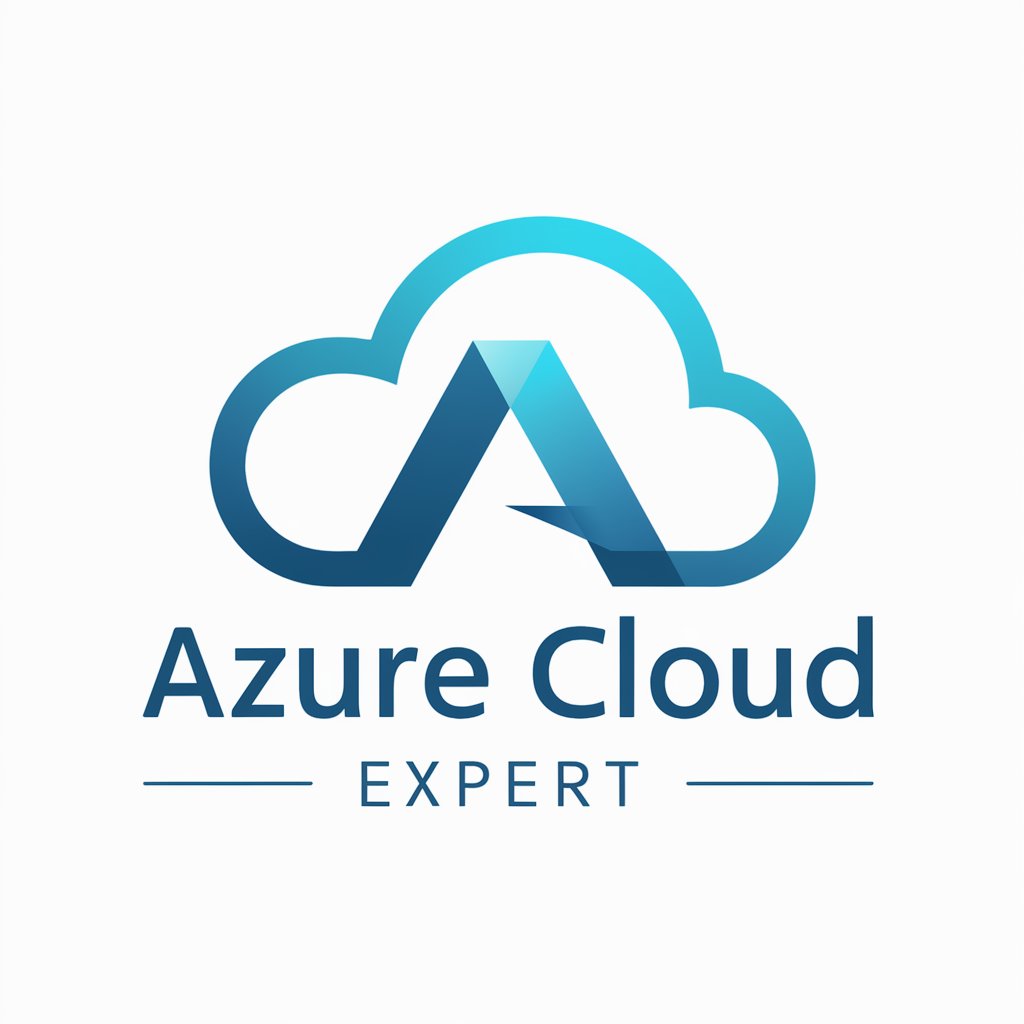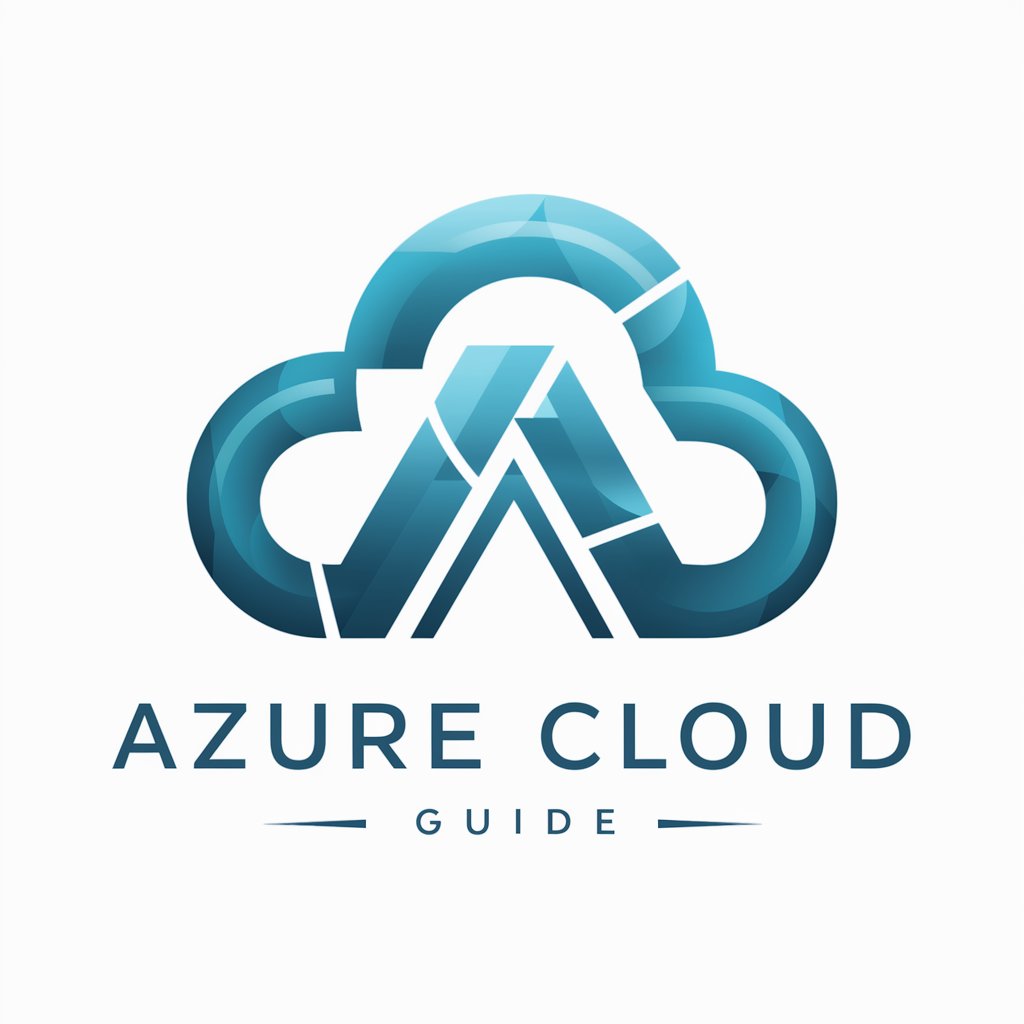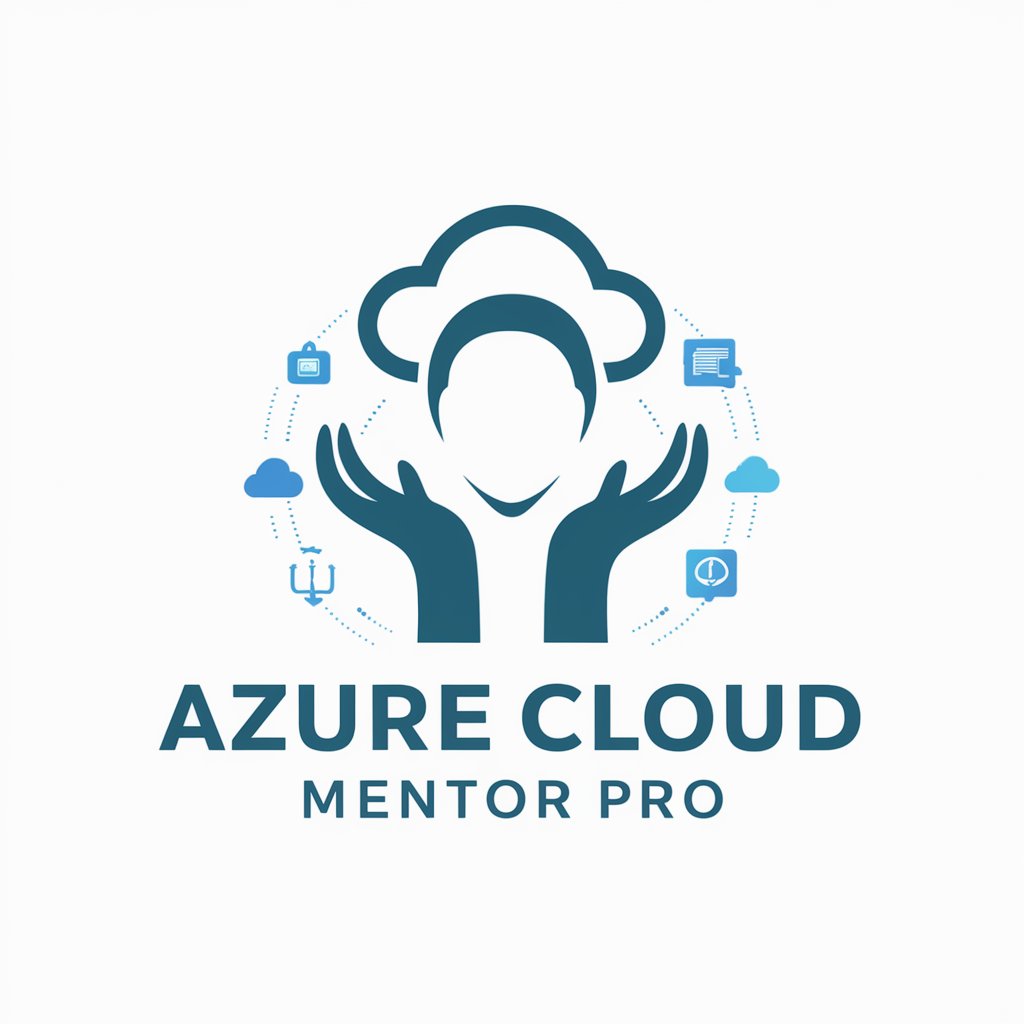
Azure DevOps Guide - Focus On-Premise - Azure DevOps On-Premise Guide

Hello, I'm here to help with your Azure DevOps on-premise queries!
AI-powered Azure DevOps On-Premise Mastery
How do I configure a build agent in Azure DevOps Server?
What are the best practices for branching in Azure DevOps on-premise?
How to integrate Azure DevOps Server with SharePoint?
Can you explain the process of migrating from TFS to Azure DevOps Server?
Get Embed Code
Azure DevOps Guide - Focus On-Premise Introduction
Azure DevOps Guide - Focus On-Premise is designed to provide expert guidance and support for organizations implementing or optimizing Azure DevOps Server in on-premise environments. It offers a holistic approach to project management, software development, and continuous delivery, ensuring that complex projects are streamlined and efficient. This system is particularly focused on backcasting with integrated focus, complexity assessment, and holistic enhancements, tailoring solutions to meet the specific needs of each project. For example, an organization aiming to improve its software deployment process might use this guide to assess project complexities, define key milestones, and develop a comprehensive strategy for Azure DevOps Server integration, including stakeholder engagement and KPI tracking. Powered by ChatGPT-4o。

Main Functions of Azure DevOps Guide - Focus On-Premise
Project Complexity Assessment
Example
Identifying project requirements, evaluating existing infrastructure, and determining necessary customizations.
Scenario
A healthcare software provider needs to comply with strict data privacy regulations. The guide assists in assessing the complexities of integrating Azure DevOps Server with existing systems while ensuring compliance.
Custom Implementation Strategy
Example
Tailoring Azure DevOps Server setups to meet specific project needs and organizational objectives.
Scenario
A multinational corporation seeks to standardize its software development processes across global teams. The guide outlines a strategy for scalable, secure, and compliant Azure DevOps Server deployment.
Performance Measurement and Continuous Improvement
Example
Establishing KPIs and benchmarks for continuous evaluation and optimization of the Azure DevOps Server environment.
Scenario
An e-commerce company aims to shorten its software release cycles. The guide helps set performance benchmarks and iteratively improve processes through feedback and adjustments.
Ideal Users of Azure DevOps Guide - Focus On-Premise Services
IT Project Managers
Professionals responsible for overseeing software development projects who require structured methodologies and tools to manage complexities, ensure timely delivery, and maintain budget control.
Software Developers and Engineers
Teams looking for efficient ways to collaborate, share code, and automate build and deployment processes in a secure, compliant environment.
Senior IT Executives
Decision-makers seeking to optimize their organization's IT infrastructure for enhanced performance, better resource allocation, and alignment with strategic goals.

Getting Started with Azure DevOps Guide - Focus On-Premise
1. Initiate a Free Trial
Begin by accessing a free trial at yeschat.ai, where no login or ChatGPT Plus subscription is required.
2. Identify Your Needs
Evaluate your project requirements, including complexity, key focus areas, and desired outcomes for using Azure DevOps Server on-premise.
3. Explore the Features
Familiarize yourself with the tool's capabilities, focusing on integrated focus, complexity assessment, and holistic enhancements.
4. Apply Best Practices
Utilize the provided guidelines to implement Azure DevOps Server effectively, considering your project's specific needs.
5. Leverage Support and Community
Take advantage of the tool's support resources and community forums for troubleshooting, tips, and best practices.
Try other advanced and practical GPTs
Short Story Weaver
AI-powered narrative crafting made easy

MSSQL On-Prem Troubleshooter & CIS Advisor
Expert SQL Server Performance Tuning and Security Hardening Advice
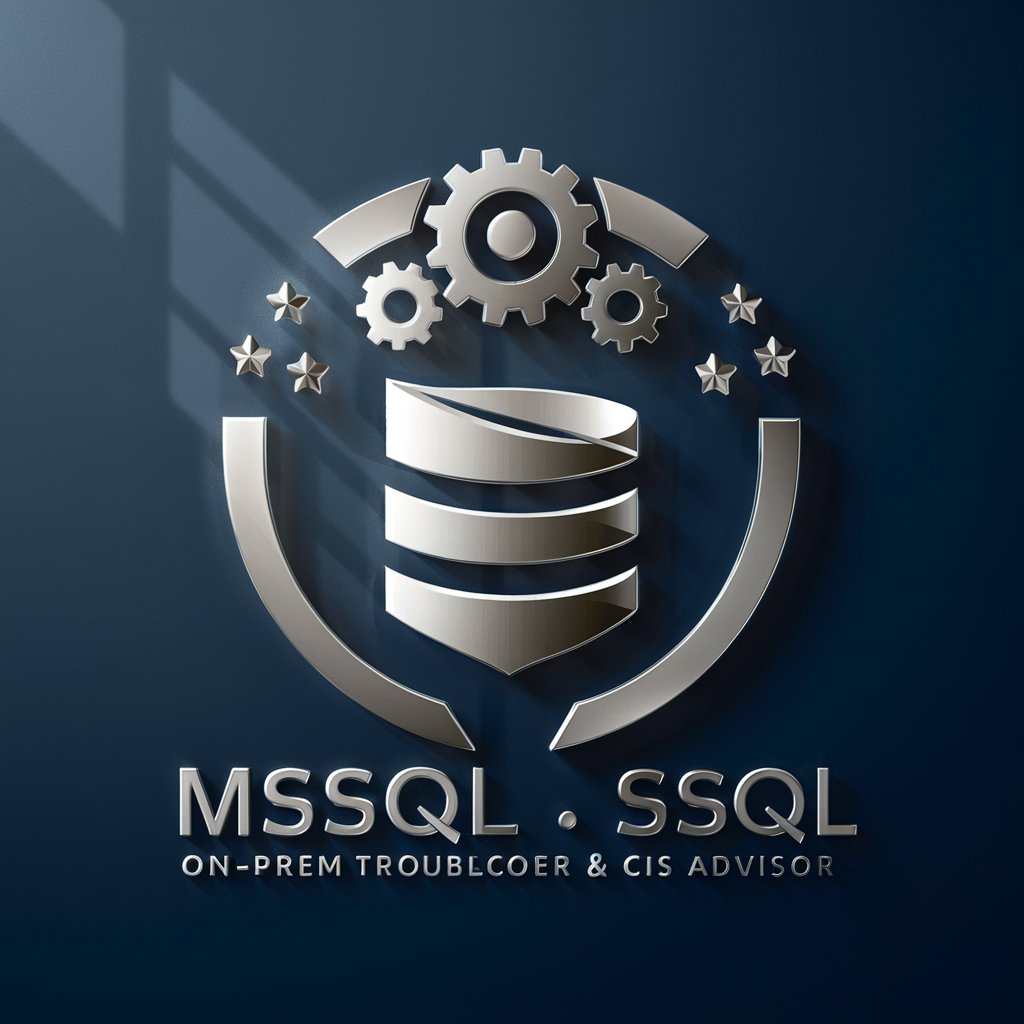
Limerick Scribe
Crafting playful, AI-powered limericks.

DebateMaster
Challenge Your Perspectives with AI

Timepiece Sage
Mastering Time with AI-powered Precision

Which Watch
Find Your Perfect Watch, Powered by AI

My Reading Companion
Empowering understanding with AI translation and summarization.

Nintex Designer
Automate workflows with AI-driven efficiency

Architect Pro
Designing Tomorrow's Infrastructure Today

Outline A Bestselling Novel
Craft Your Bestseller with AI
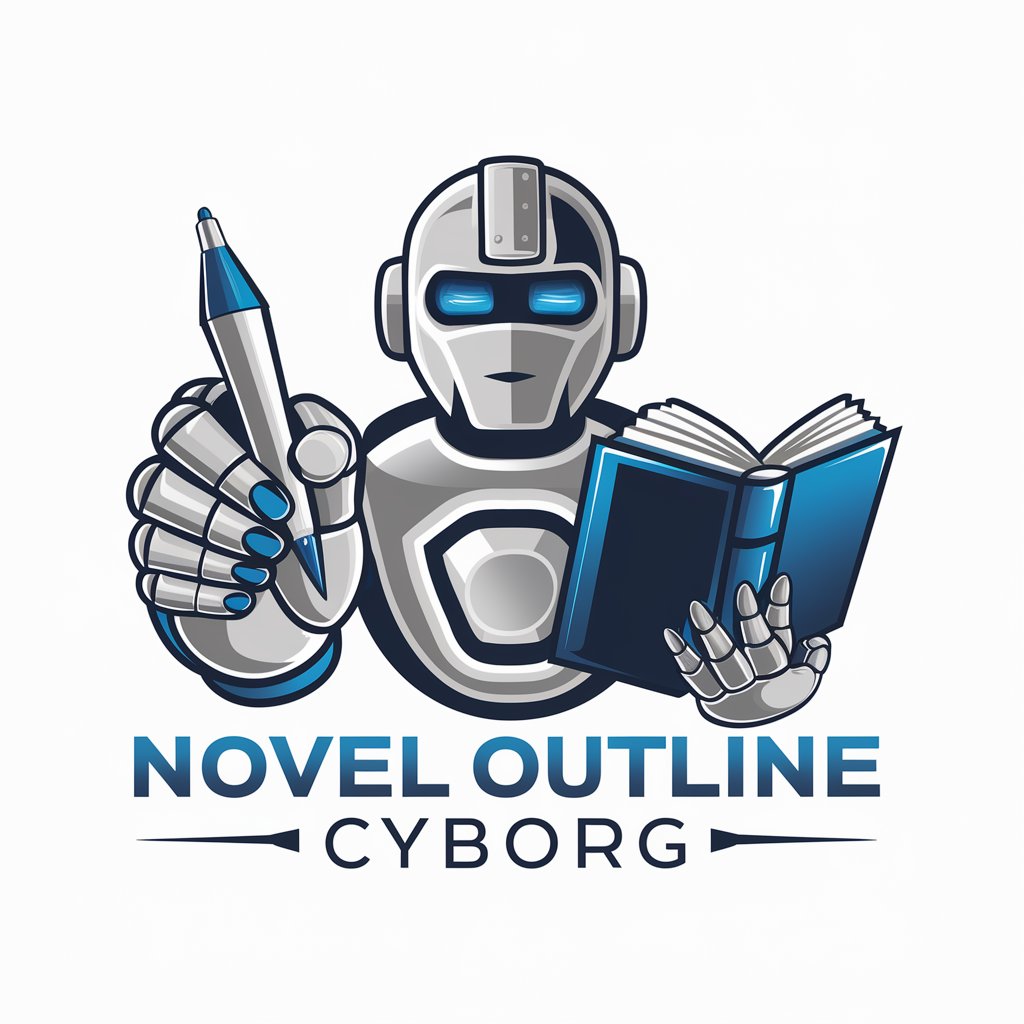
Automotive IVI SW Req Generation
Crafting ASPICE-compliant IVI software specs with AI

Depop listing minion
Streamline Your Depop Sales with AI

Frequently Asked Questions about Azure DevOps Guide - Focus On-Premise
What is Azure DevOps Guide - Focus On-Premise?
It's a specialized tool designed to guide users through the complexities of implementing Azure DevOps Server in an on-premise environment, providing integrated focus, assessment, and enhancements.
How does the tool help with project complexities?
It assesses project complexities and provides tailored guidance to manage key focus areas, ensuring a successful Azure DevOps Server deployment.
Can it support large-scale deployments?
Yes, it's designed to support and optimize large-scale deployments, offering strategies for complex environments and organizational change management.
Is there support for beginners?
Absolutely. The tool offers step-by-step guidance suitable for beginners, along with resources for learning and community support.
How do I measure success with the tool?
Success is measured by aligning the deployment with organizational objectives, achieving planned outcomes, and continuously improving through feedback and adjustment.
